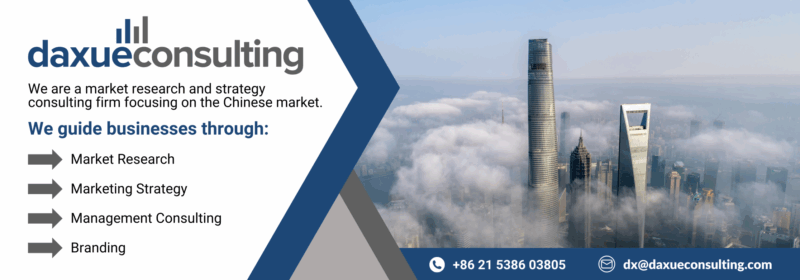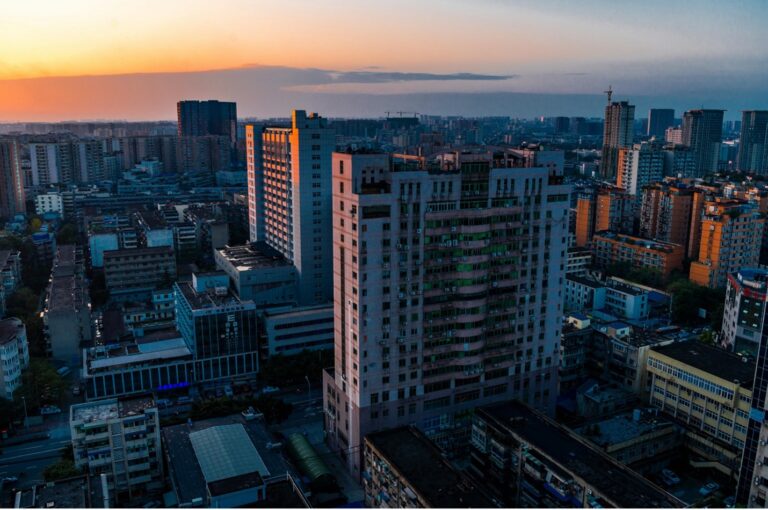Asia is warming up twice as fast as the rest of the world. China, in particular, has broken average temperature records five out of twelve months in 2024, making it the country’s warmest year in recent history. As sweltering summers and intensified UV radiation become the norm, sun protective clothing in China has taken on new urgency in everyday life.
Download our report on the She Economy in China
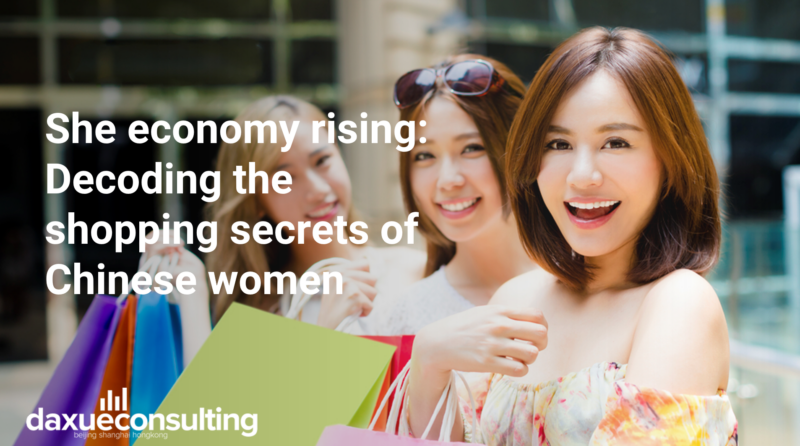
The habit of shielding skin from the sun isn’t new in China. For generations, Chinese women have favored lighter skin, driving the use of parasols, face masks, and long sleeves, regardless of the season. But now, this ingrained practice is being supercharged by climate change and elevated by modern fashion. What was once purely functional is becoming trendier, more technical, and deeply embedded in daily routines.
In tier-one cities like Beijing, women often step out in full-coverage sun-protective outfits during the day, switching to more fashion-forward looks after sunset. Sun protection has evolved from a practical concern into a booming style category.
Sun protection clothing in China has become trendy
Once purely functional, sun protective clothing in China is now a style-forward category embraced by younger consumers. On Xiaohongshu (also known as RedNote), the hashtag sun-protective outfits (#防晒衣), has amassed over 2.2 billion views as of July 2025. It’s often paired with tags like “recommendation,” “how to wear,” and “summer,” as users look for inspiration on blending protection with personal style. One trending tag, #更时尚的专业防晒衣 (“more fashionable and professional sun protective clothing”), reflects a wider shift in consumer demand for stylish yet functional apparel, with over 6.7 million views on the platform.
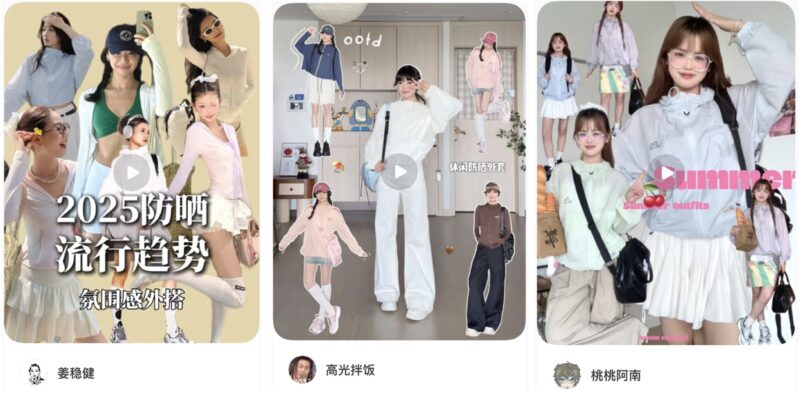
From daily life to runways
Domestic outdoor brand Bosideng has capitalized on this movement by launching its Sun 3.0 Series that prioritizes both design and performance. The collection, unveiled in 2025, offers UPF 100+ protection, a cooling sensation 66 percent higher than international standards, 35 percent better breathability, and is 10 percent lighter, according to the brand. Soft gradient tones inspired by spring and summer enhance its seasonal appeal. Bosideng even hosted its first dedicated sun-protective fashion show during the Beijing International Film Festival in April, cementing the category’s elevated place in China’s fashion landscape.

UV-blocking clothes are the new norm
High-performance materials and smart design features are no longer extra; they’re expected. Leading brands now incorporate fabrics with certified UPF ratings (SPF equivalent for clothes), using tightly woven synthetics like nylon and polyester enhanced with UV-blocking agents. Breathability and comfort are also key priorities. Quick-dry, moisture-wicking fabrics with cooling technologies are widely adopted by brands like Uniqlo in China to help wearers cope with soaring summer temperatures.
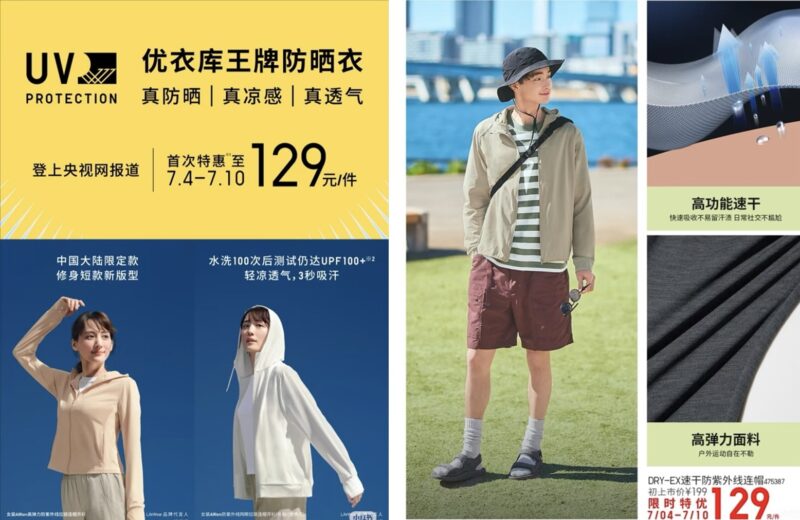
Beyond protection: built-in cooling and odor control
For improved airflow without compromising coverage, garments often include mesh or laser-perforated panels in less sun-exposed areas such as underarms or inner sleeves. Meanwhile, antimicrobial silver ion treatments are being used to reduce odor during long hours outdoors. Together, these innovations are reshaping expectations for what UV-protective clothing should offer, not just shielding from the sun, but keeping the body cool, fresh, and comfortable throughout the day.
Social media puts sun gear to the test
To test the effectiveness of UV-protective clothing, Xiaohongshu users often conduct real-time sun exposure experiments. They place UV-sensitive cards underneath or behind the fabric while outdoors. After 30 minutes or more in the sun, the cards reveal how much UV has penetrated, with lighter colors indicating better protection.
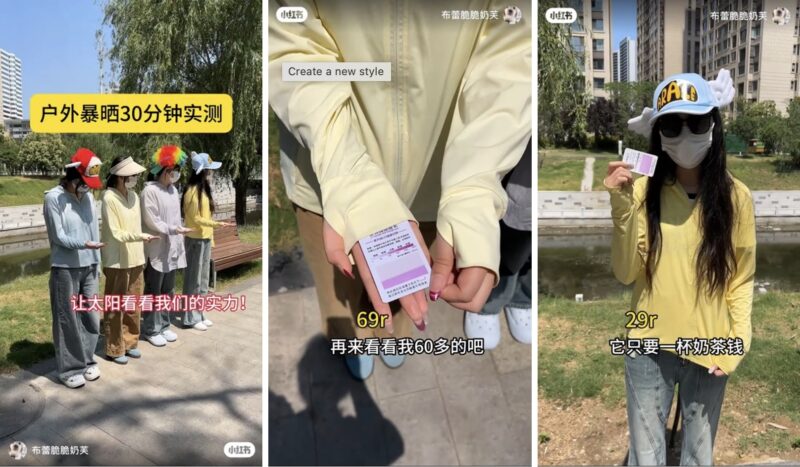
Which brands do Chinese consumers trust?
In China’s rapidly growing sun-protective clothing market, a handful of key brands dominate the landscape, each catering to different segments. Domestic Beneunder leads the pack with a premium positioning and a strong focus on advanced UV protection, offering stylish, high-performance garments that have become especially popular among young urban women. Among international players, Camel, an Italian well-established outdoor brand, maintains a strong presence thanks to its name recognition in China and durable products. Brands like Bosideng and SIINSIIN are gaining ground with trend-forward designs and technical fabrics.
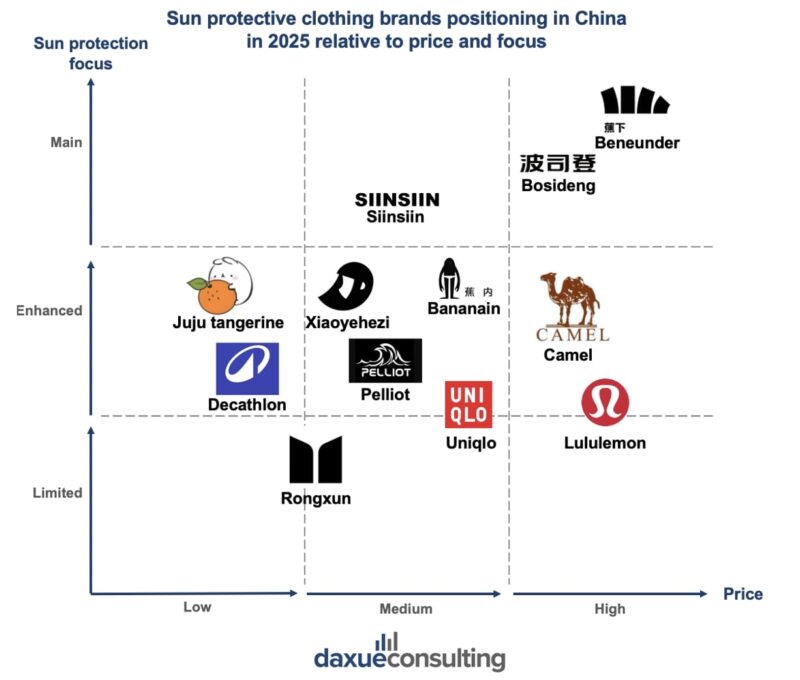
As the premium leader in China’s sun protection market, Beneunder has built its entire strategy around UV protection, elevating it into a desirable lifestyle category. From its best sellers, we see a clear focus on face and neck protection, the areas most culturally and cosmetically prioritized in China. The dominance of wide-brimmed hats, UV-filtering face masks, and convertible accessories reflects both functional needs and an eye for social media appeal. Lightweight, pastel-colored designs and cooling textures signal that Beneunder is not just selling protection, it is crafting a sun-smart, wearable identity.
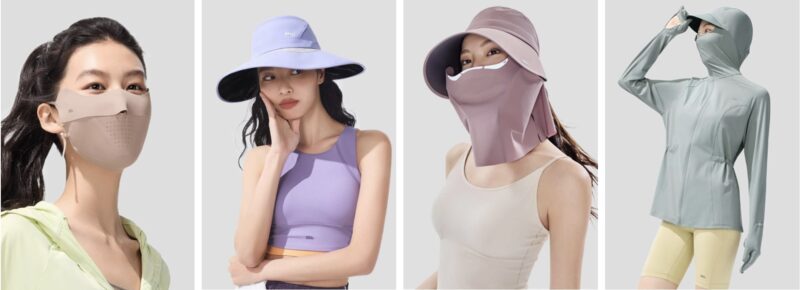
How sun protective clothing in China is turning into a fashion trend
- China’s sun-protective clothing boom is being driven by record-breaking heat and UV exposure, pushing consumers to prioritize skin coverage more than ever before.
- What was once a practical tradition rooted in beauty norms has become a fast-growing fashion trend, with social media platforms like Xiaohongshu helping to turn UV wear into a daily style choice.
- Brands like Bosideng are capitalizing on this shift with high-tech collections that combine performance and design, while consumer testing videos highlight rising expectations around quality and effectiveness.
- Leading the premium market, Beneunder has built its identity around sun protection, with best-sellers focused on face and neck coverage in sleek, pastel-toned styles.
- As UV protection becomes a standard, not a bonus, sun-safe clothing is no longer just reactive; it is a form of self-expression.
